Ten Discoveries That Wowed Us in 2023
Tons of scientific and technological breakthroughs make the headlines every year, each one more fascinating than the next. The Montréal Science Centre team put their heads together and prepared a Top Ten for 2023. Here is a look back on what we think are some of this year’s most astounding breakthroughs!
1. Poo for Medical Use

Du côté de la médecine et de la santé, on a souligné cette année l’invention de la toilette Stanford. Cette toilette intelligente analyse les excréments de toute personne qui l’utilise. Cela permet de faire des suivis à long terme de la santé des gens qui l'utilisent et de détecter chez eux certaines maladies. Cette invention peut sembler un peu loufoque, mais elle possède un grand potentiel pour faciliter les suivis médicaux! Pour son caractère insolite, cette expérience a été récipiendaire d’un Ig Nobel, prix qui célèbre l’inhabituel et honore l’imaginatif dans la recherche.
2. Dead Spider Robots

Far-fetched ideas can sometimes lead to fascinating innovations, and this invention is a perfect example of that. This year, scientists used dead spiders to make tiny robotic gripping tools. How did they do this exactly? They used small needles to inject air into the dead spiders and this extended their legs open. Using the same needles, they remove the air to have those little legs shut again, and grip. Turns out that the grip of these necrorobots can handle 1.3 times more weight than the weight of the spiders themselves! As you might have guessed, this invention also won an Ig Nobel prize.
3. A New Dinosaur-Era Species

A new species of aquatic lizards was discovered this year thanks to a fossil found in North Dakota. It belongs to the mosasaur family. Researchers describe it as a giant-sized Komodo dragon with fins. Nicknamed Jorgie, the species was named Jǫrmungandr walhallaensis after a sea serpent from Norse mythology known as Jormungandr and after the American town of Walhalla, not far from where the fossil was discovered.
4. New Insights on How Cats Purr

We haven't finished understanding exactly how cats purr! This year, researchers from the University of Vienna confirmed that the vocal cords of our feline friends have special little “pads” and that these let them keep purring and purring effortlessly, without having to use a single muscle.
5. An Essential Ingredient of Life on One of Saturn’s Moon
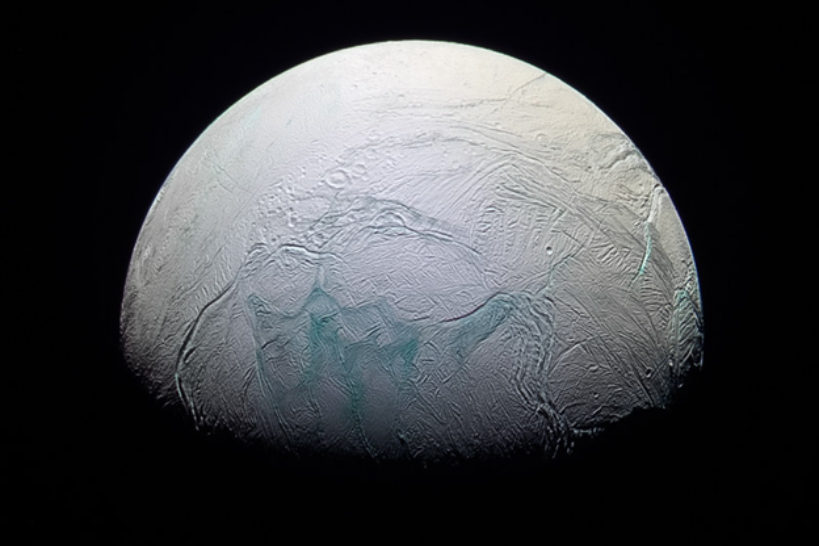
From 2004 to 2017, the Cassini probe studied Saturn, its rings, and its moons. The probe has long since completed its mission but scientists are still sifting through all the data it collected. This year they found a surprise: there is phosphorus on Enceladus, one of Saturn’s moons, more specifically in the watery world below its icy crust. Phosphorus is an essential ingredient of life as we know it. Does this mean Enceladus's ocean could be home to extraterrestrial life?
6. Blinking Every 20 Minutes in Space
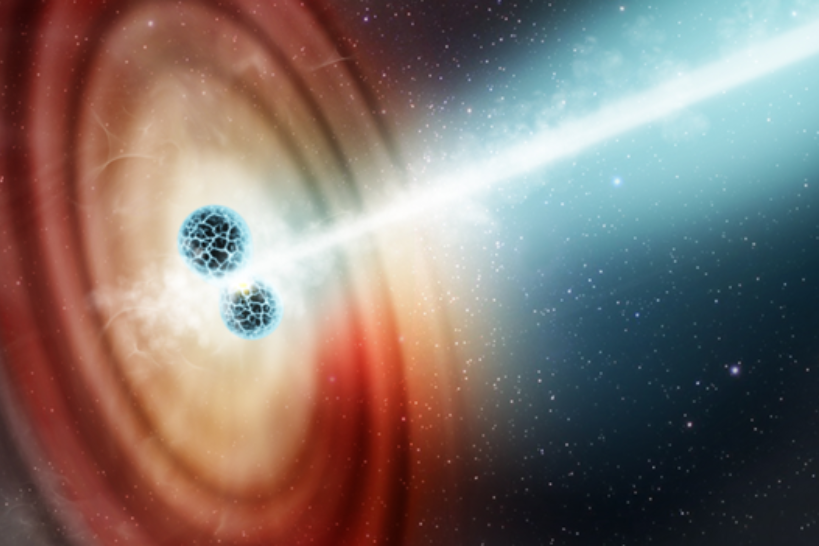
In 2021, astronomers discovered two new celestial objects that were thought to be neutron stars. Neutron stars are the collapsed core of massive stars left behind after a supernova explosion. This year, new research showed that these two celestial objects were regularly emitting radio waves, once every twenty minutes or so. According to what science knows so far, neutron stars do not usually emit waves that slowly and that consistently, so this may be an entirely new phenomenon, meaning that we may have a new kind of celestial object on our hands!
7. An Extraordinary Metal
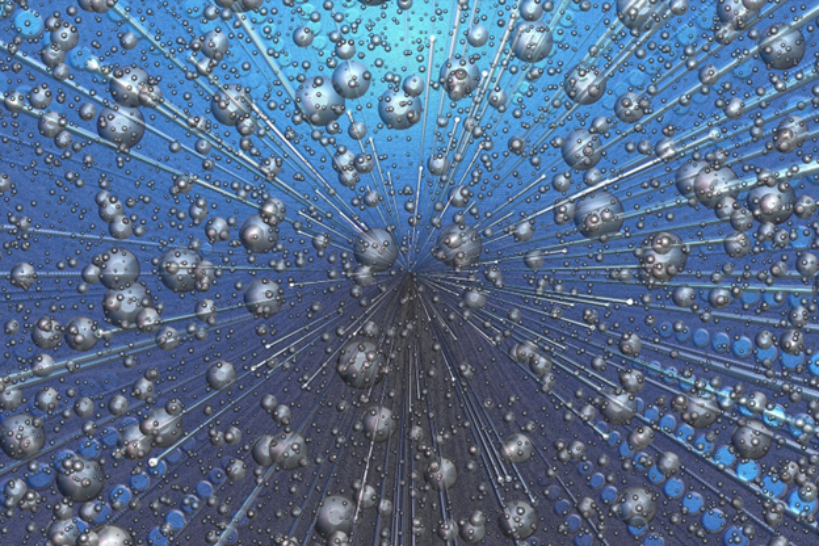
Purple bronze (or lithium molybdenum) is a rare metal with fascinating properties. Researchers studying it discovered that it could make a perfect on/off switch for quantum computers. How? When purple bronze is exposed to heat or light, it is immediately transformed. In the flash of an eye, it can go back and forth from being an insulator (which blocks electrical currents) to a superconductor (which lets electrical current flow completely unobstructed). Presto chango!
8. Discovery in a 144-Year-Old Bottle
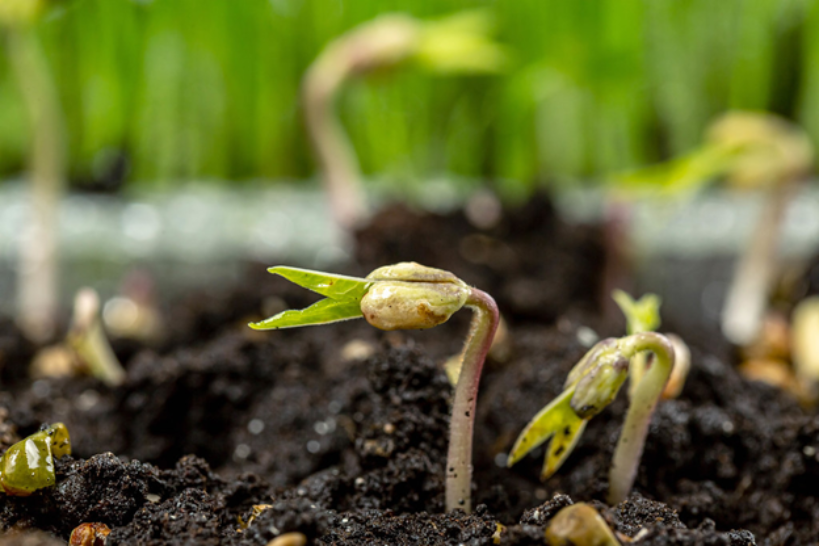
In 1879, a researcher buried 20 bottles filled with seeds to be unburied one by one at regular intervals. The bottle unburied this year, after 144 years underground, contained seeds that, to the amazement of researchers, belonged to a hybrid species! It’s a cross between moth mullein and common mullein, two flowers farmers consider a nuisance. Another big surprise was that these old seeds were still able to sprout!
9. Plants Know When They Are Being Touched
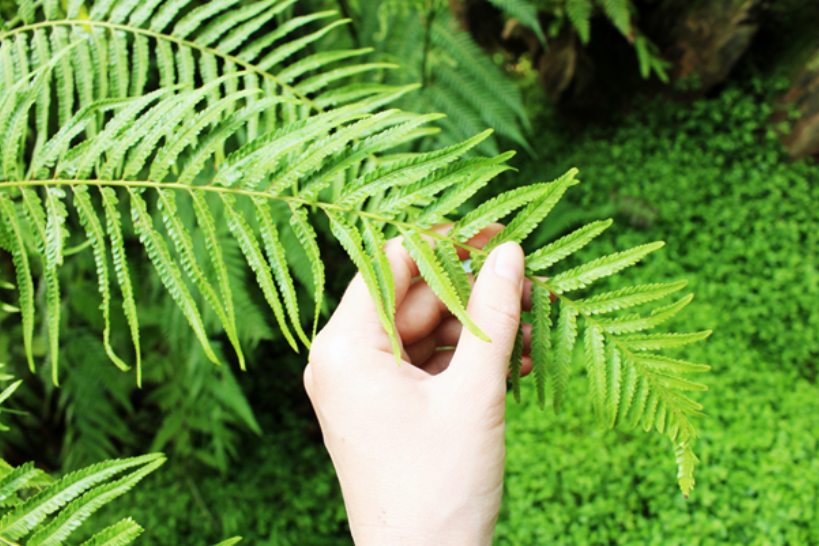
A team of researchers from Washington State University discovered that plants emit one signal when they are being touched and another, distinct one, when they are let go. These signals are not electrical but calcium wave signals. These signals travel in slow waves when the plant senses compression from being touched, and then travel much more rapidly when they are released.
10. An Asteroid Carrying Water and Carbon
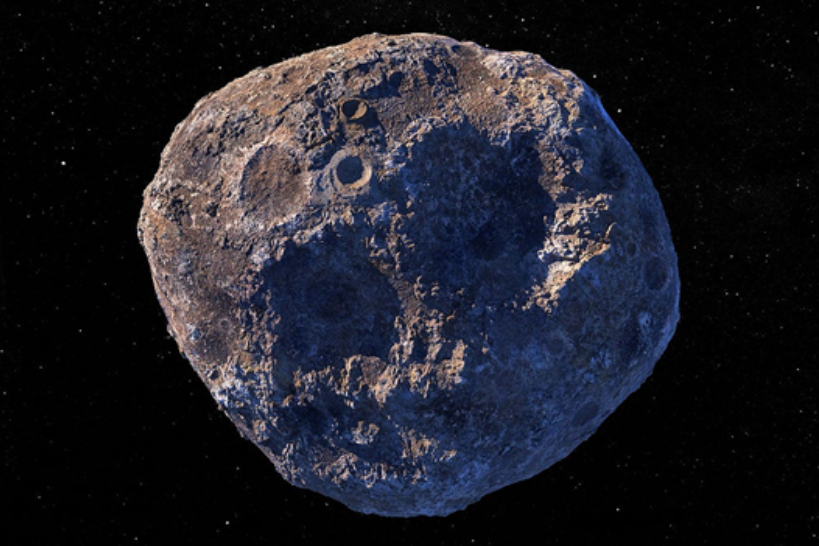
After seven years in space, the OSIRIS-REX probe returned to Earth this year. It had an exciting mission: to bring back samples from the Bennu asteroid. This astounding feat of science led to analyses that revealed something fascinating: Bennu is carrying water and carbon, two of Earth’s essential building blocks. This discovery might help us better understand how the elements that led to life on Earth originally made their way here.
